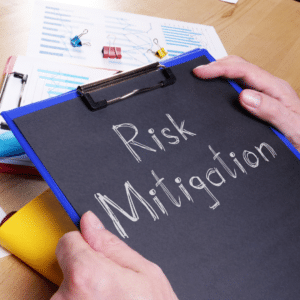 Introduction: In the dynamic realm of food innovation, ushering in new ingredients responsibly and securely is of paramount importance. This article is your guide through the systematic GRAS (Generally Recognized as Safe) notification process—a vital pathway that paves the way for the approval and integration of novel ingredients. Join us as we demystify the step-by-step journey of GRAS notification for new ingredients, ensuring you’re well-equipped to embark on this regulatory expedition.
Introduction: In the dynamic realm of food innovation, ushering in new ingredients responsibly and securely is of paramount importance. This article is your guide through the systematic GRAS (Generally Recognized as Safe) notification process—a vital pathway that paves the way for the approval and integration of novel ingredients. Join us as we demystify the step-by-step journey of GRAS notification for new ingredients, ensuring you’re well-equipped to embark on this regulatory expedition.
What is the history of the GRAS Notification Process?
The concept of GRAS dates back to the 1950s when the FDA began to distinguish between food additives that required premarket approval and those that were exempt from such requirements. The original GRAS list included substances widely recognized as safe based on their long food use history, such as salt and sugar. In the 1990s, the FDA began encouraging food manufacturers to voluntarily notify the agency when they believed an ingredient was GRAS. This notification process allowed the FDA to review the safety of new ingredients more efficiently and to provide guidance to the industry on the scientific evidence required to support a GRAS determination.
In 1997, the FDA issued a final rule establishing a voluntary notification process for the GRAS determination of food ingredients. This rule set criteria for the scientific evidence required to support a GRAS determination and a procedure for submitting a GRAS notification to the FDA.
What is GRAS notification, and why is it important?
GRAS notification stands for Generally Recognized as Safe Notification. It is a voluntary process that food manufacturers or producers can go through to demonstrate to the FDA that their food ingredient is safe for consumption. This is important because the FDA has strict regulations to ensure the food supply’s safety. By going through the GRAS notification process, manufacturers can provide the FDA with the necessary information to make an informed decision about the safety of their product. This can help speed up the approval process and give consumers confidence in the safety of the food they are consuming.
How to determine if your ingredient is eligible for GRAS status?
To determine if your ingredient is eligible for GRAS status, you need to thoroughly review the available scientific literature and data on the ingredient. This includes studies on the ingredient’s safety, toxicity, and potential health effects. You may also need to conduct your studies or tests to gather additional data. Once you have gathered all the necessary information, you can submit a GRAS notification to the FDA for review. It’s important to note that the FDA does not approve or certify GRAS status but instead reviews the information provided and decides based on the available evidence.
When to conduct a thorough safety assessment of your GRAS ingredients?
Conducting a thorough safety assessment of your GRAS ingredients before submitting a notification to the FDA is essential. This includes reviewing all available scientific literature and data on the ingredient and conducting your studies or tests if necessary. It is also vital to consider the component’s potential health effects or toxicity. By conducting a thorough safety assessment, you can ensure that your GRAS notification is accurate and complete, increasing your chances of FDA approval for your food product.
How to prepare and submit your GRAS notification to the FDA?
You must follow a specific process to prepare and submit your GRAS notification to the FDA. First, as mentioned earlier, you will need to conduct a thorough safety assessment of your GRAS ingredient. Then, you must prepare a notification that includes all relevant information about the ingredient, such as its identity, intended use, and safety data. This notification should be submitted to the FDA through the agency’s online portal and any supporting documentation or data. Once the FDA receives your notification, they will review it and provide feedback or request additional information. If your GRAS notification is approved, you will receive a letter from the FDA confirming your ingredient’s GRAS status.
What is the FDA’s role in the GRAS notification process?
The FDA’s role in the GRAS notification process is to review the scientific evidence submitted by the notifier and to determine whether the evidence supports a GRAS determination. The FDA does not “approve” GRAS determinations but acknowledges them after reviewing the scientific evidence.
The FDA’s review of a GRAS notification focuses on the ingredient’s safety, not nutritional or other qualities. The agency considers factors such as the ingredient’s intended use, the amount expected to be consumed, and the population groups exposed to the component.
If the FDA determines that the evidence supports a GRAS determination, the agency will issue a “no objection” letter to the notifier. This letter acknowledges that the FDA has no questions or objections regarding the notifier’s GRAS determination. The “no objection” letter is not a formal approval but a statement that the FDA has reviewed the scientific evidence and found it sufficient to support a GRAS determination.
Understanding GRAS: Before we dive into the process, let’s establish a clear understanding of GRAS. This status is bestowed upon ingredients that experts deem safe for consumption based on solid scientific evidence and a history of safe use. Attaining GRAS certification not only facilitates the introduction of new ingredients but also upholds consumer safety as a paramount priority.
Step 1: Safety Evaluation and Data Compilation: Our journey begins with a meticulous safety evaluation of the new ingredient. This phase involves gathering scientific data, conducting comprehensive studies, and rigorously assessing potential health risks. The goal is to establish a strong foundational basis of evidence attesting to the ingredient’s safety profile.
Step 2: Expert Panel Assessment: The amassed safety assessment data is submitted to an accomplished panel of experts spanning fields such as toxicology, chemistry, and nutrition. This panel conducts an impartial evaluation of the data, scrutinizing it against stringent scientific criteria to ascertain the ingredient’s safety.
Step 3: Crafting the GRAS Notification: With the panel’s evaluation as a guiding compass, the subsequent step entails crafting a comprehensive GRAS notification dossier. This dossier meticulously outlines the safety evaluation process, presents scientific evidence, and substantiates the ingredient’s alignment with GRAS criteria.
Step 4: Submission to the FDA: The completed GRAS notification dossier is then submitted to the U.S. Food and Drug Administration (FDA). The FDA undertakes a meticulous review, scrutinizing the dossier to confirm the robustness of the ingredient’s safety assessment and the veracity of the evidence presented.
Step 5: FDA Review and Response: During its review, the FDA evaluates the notification with precision, assessing the congruence between the evidence and the claim of safety. Should the FDA concur with the findings, the ingredient is officially acknowledged as GRAS, effectively permitting its utilization in food products.
Step 6: Ongoing Vigilance: Obtaining GRAS certification doesn’t signal the culmination of the journey. Instead, it marks the beginning of an ongoing commitment to vigilance. Manufacturers are entrusted with the responsibility of staying informed about scientific advancements related to their ingredient and promptly addressing any potential concerns.
Benefits of the GRAS Notification Process:
- Fostering Innovation: The GRAS process serves as a gateway for innovative ingredients, enriching the culinary landscape.
- Transparency and Trust: Stringent evaluation and scrutiny foster transparency, bolstering consumer confidence.
- Regulatory Adherence: Attaining GRAS status underscores unwavering adherence to regulatory standards.
- Market Readiness: GRAS-certified ingredients enjoy wider market accessibility and acceptance.
What are the drawbacks of the GRAS Notification process?
The GRAS notification process has several benefits for food manufacturers, suppliers, and distributors. First, it provides a clear regulatory pathway for introducing new ingredients into the food supply. Second, it allows for a more efficient review of safety data by the FDA, which can reduce the time and cost of bringing new ingredients to market. Third, it promotes transparency and public accountability by requiring scientific evidence to be publicly available and subject to peer review.
However, the GRAS notification process also has some drawbacks. First, it is a voluntary process, which means that not all manufacturers may choose to notify the FDA of their GRAS determinations. Second, the process can be time-consuming and expensive, especially for smaller companies needing more resources to conduct the necessary safety studies. Third, the GRAS determination applies only to the specific use of an ingredient evaluated by the FDA, which can create uncertainty and regulatory challenges for new benefits or applications.
What common mistakes should be avoided during the GRAS Notification process?
There are several common mistakes that companies make during the GRAS notification process. These mistakes can delay the review process, increase costs, and even lead to a rejection of the GRAS determination. Some of the most common mistakes include:
1. Failing to conduct a thorough safety assessment of the ingredient or to identify potential risks or hazards.
2. Failing to consult with experts in the field to ensure that the safety assessment meets the FDA’s criteria for a GRAS determination.
3. Failing to provide all of the required elements in the GRAS notification, such as the identity and intended use of the ingredient, the basis for the GRAS determination, and any supporting safety data.
4. Failing to respond promptly to requests for additional information or clarification from the FDA.
5. Failing to update the safety assessment as new information becomes available.
What is GRAS status, and why is it important?
GRAS status is a designation given to food additives considered safe for consumption. This designation is based on scientific evidence and a comprehensive safety assessment conducted by qualified experts. When an additive is determined to be GRAS, it does not require pre-market approval by the FDA. This provides manufacturers a with streamlined process for introducing new additives to the market.
Obtaining GRAS status is vital for several reasons. Firstly, it demonstrates a commitment to safety and regulatory compliance. Manufacturers can build trust with consumers and regulatory authorities by conducting a thorough safety assessment and providing scientific evidence to support the additive’s safety.
Secondly, achieving GRAS status expedites the product development process. Since GRAS substances do not require pre-market approval, manufacturers can bring new products to market faster, allowing them to respond to consumer demands and stay ahead of the competition.
Lastly, GRAS status provides a competitive advantage. Consumers are becoming increasingly conscious of the ingredients in their food. They are more likely to choose products that are made with GRAS substances. By achieving GRAS status, manufacturers can differentiate their products and attract consumers who value safety and transparency.
What are the benefits of achieving GRAS status?
Obtaining GRAS status for a food additive offers several advantages for manufacturers and ingredient suppliers. Let’s take a closer look at some of the key benefits:
1. Streamlined regulatory process: GRAS substances do not require pre-market approval, so manufacturers can introduce new additives without waiting for FDA review. This streamlines the regulatory process and allows for faster product development.
2. Consumer trust and confidence: Achieving GRAS status demonstrates a commitment to safety and regulatory compliance. This builds trust with consumers, who are likelier to choose products made with GRAS substances.
3. Competitive advantage: In a market where consumers are increasingly conscious about the ingredients in their food, having GRAS status can differentiate products and give manufacturers a competitive edge. Consumers are more likely to choose products made with ingredients they perceive as safe.
4. Flexibility and innovation: Having GRAS status allows manufacturers to explore new ingredients and formulations, enabling them to stay ahead of consumer demands and innovate in the food industry.
5. Cost savings: Avoiding the lengthy and costly pre-market approval process can result in significant cost savings for manufacturers.
It is important to note that achieving GRAS status is complicated. It requires a thorough safety assessment and a comprehensive notification process. Let’s dive into the critical steps involved in the GRAS notification process.
How do I prepare for the GRAS notification submission?
The next step is to prepare a robust GRAS notification submission to inform the FDA about the additive’s safety. The submission should include comprehensive information about the additive, the safety assessment conducted, and the scientific evidence supporting its safety.
The submission should be well-organized and present the data and information concisely and coherently. It should include detailed information about the additive’s chemical composition, intended use, exposure levels, and any relevant studies or research conducted.
Additionally, the submission should address any potential concerns or questions the FDA may have regarding the additive’s safety. This proactive approach demonstrates a commitment to transparency and helps facilitate the review process.
What are the common challenges to achieving GRAS status, and how to overcome them?
Navigating the GRAS notification process can be challenging, and manufacturers may encounter various obstacles. Here are some common challenges and strategies to overcome them:
1. Lack of expertise: Conducting a comprehensive safety assessment and preparing a GRAS notification submission requires specialized expertise. Manufacturers can overcome this challenge by hiring qualified experts or consulting with regulatory professionals with GRAS notification experience.
2. Data gaps: Insufficient scientific data or studies can pose a challenge when preparing the GRAS notification submission. Manufacturers can overcome this by conducting additional studies or gathering relevant data to fill the gaps. Collaborating with research institutions or partnering with expert consultants can help.
3. FDA feedback and concerns: Addressing FDA concerns and providing additional information can be time-consuming and require careful attention to detail. Manufacturers should closely collaborate with the FDA and promptly respond to any requests or concerns raised during the review process.
4. Cost implications: Conducting safety assessments, gathering scientific data, and preparing the GRAS notification submission can be costly. Manufacturers should carefully consider the budget and allocate resources accordingly. Seeking external funding or partnering with other stakeholders can alleviate the financial burden.
5. Time constraints: The GRAS notification process can be time-consuming, and manufacturers must plan accordingly. It is essential to start the process early and allocate sufficient time for the safety assessment, submission preparation, and potential revisions.
By being aware of these challenges and implementing proactive strategies, manufacturers can navigate the GRAS notification process more effectively and increase their chances of obtaining GRAS status.
Hiring a consultant to navigate the GRAS notification process
Given the complexities and challenges of the GRAS notification process, many manufacturers hire a consultant to guide them. A consultant with expertise in FDA regulations and the GRAS notification process can provide valuable insights, assist in conducting safety assessments, and help prepare a robust submission.
When hiring a consultant, choosing someone with a proven track record and extensive experience in navigating the GRAS notification process is vital. They should deeply understand FDA regulations, toxicology, and food science. Additionally, the consultant should have strong communication skills and the ability to work collaboratively with the FDA and other stakeholders.
A consultant can help streamline the process, ensure compliance with FDA requirements, and increase the chances of successfully achieving GRAS status. They can also provide ongoing support and guidance throughout the review process, addressing any concerns or requests from the FDA.
Submitting and waiting for FDA feedback
Once the GRAS notification submission is complete, it should be submitted to the FDA for review. The FDA will evaluate the compliance and provide feedback to the manufacturer. This feedback may include requests for additional information or clarification on certain aspects of the submission.
It is important to note that the FDA does not make a formal approval or rejection decision during this review process. Instead, the FDA provides feedback to the manufacturer, allowing them to address any concerns or provide additional information if needed.
After submitting the notification, manufacturers must be patient and wait for the FDA’s response. The review process can take several months, depending on the notification’s complexity and the FDA’s workload.
Addressing FDA concerns and revising the submission if necessary
If the FDA raises any concerns or requests additional information, manufacturers should promptly address these concerns and provide the requested information. This may involve conducting further studies, gathering more data, or revising certain aspects of the submission.
Addressing FDA concerns promptly and thoroughly is crucial to ensure a smooth review process. Manufacturers can increase the chances of obtaining GRAS status by providing the necessary information and addressing any potential issues.
When should you follow up with the FDA to maintain GRAS Status?
Once the FDA has approved your GRAS notification, it’s crucial to maintain your ingredient’s GRAS status by keeping up with any new safety information or changes in use. You should also follow up with the FDA if you make any changes to your ingredient or its use that could affect its safety. Additionally, the FDA may require periodic reevaluations of your ingredient’s safety, so staying up-to-date on regulatory requirements is essential. By staying proactive and informed, you can ensure that your element maintains its GRAS status and remains a safe and reliable food product component.
For more information on self-affirmed GRAS and what achieving the Generally Recognized as Safe (GRAS) could mean for your food products contact us for a complimentary consultation.
Conclusion
Navigating the GRAS notification process is critical to FDA compliance for food manufacturers and ingredient suppliers. Achieving GRAS status for food additives demonstrates a commitment to safety and regulatory compliance while offering numerous benefits such as a streamlined regulatory process, consumer trust, competitive advantage, flexibility for innovation, and cost savings.
To successfully navigate the GRAS notification process, manufacturers must conduct a comprehensive safety assessment, gather scientific evidence, prepare a robust submission, address FDA concerns, and collaborate effectively with the FDA. Hiring a consultant with expertise in the GRAS notification process can provide valuable guidance and support.
By understanding the essential steps involved in the GRAS notification process and leveraging expert guidance, manufacturers can ensure FDA compliance, maintain consumer trust, and thrive in the ever-changing landscape of the food industry. So, take the first step towards achieving GRAS status and begin navigating the GRAS notification process today.

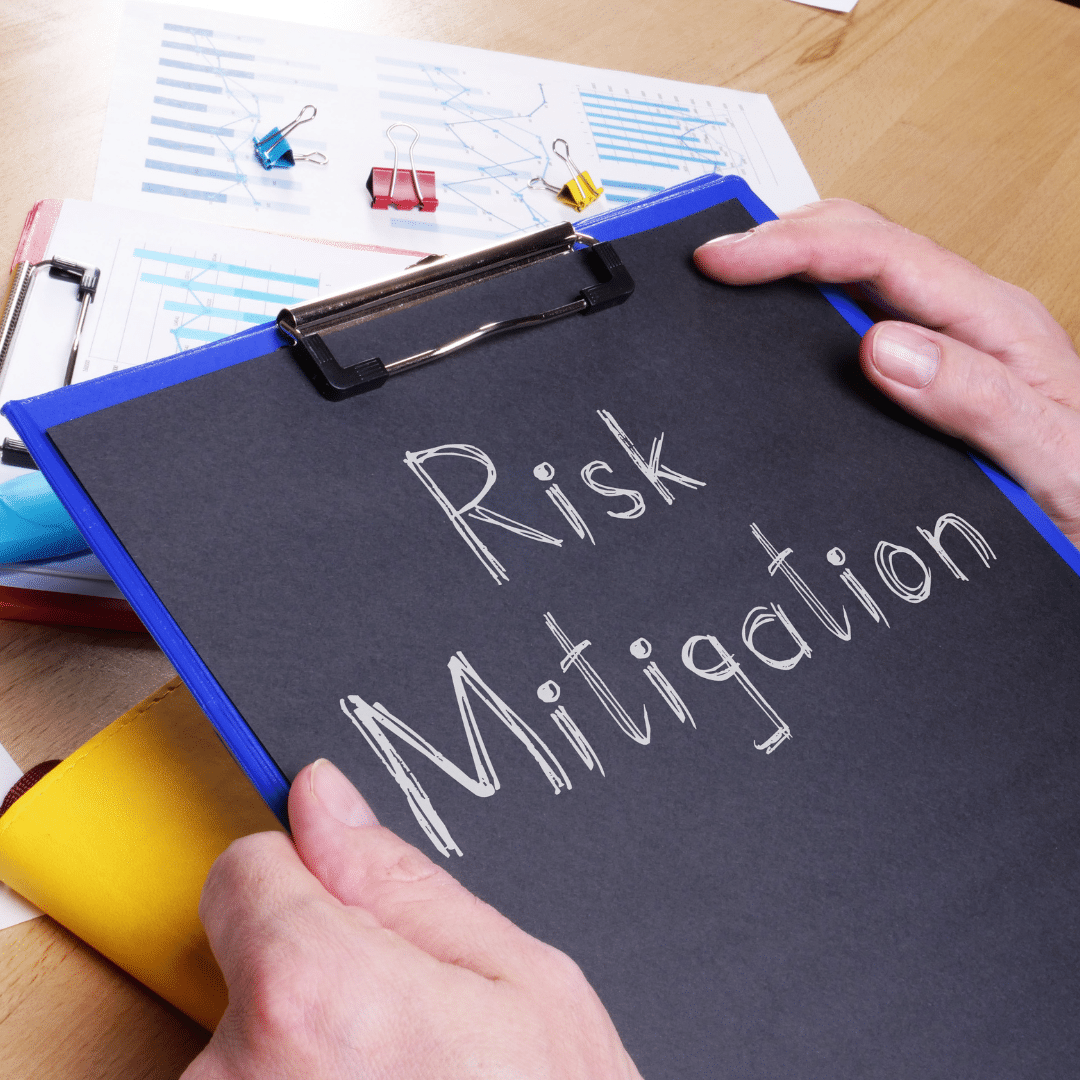








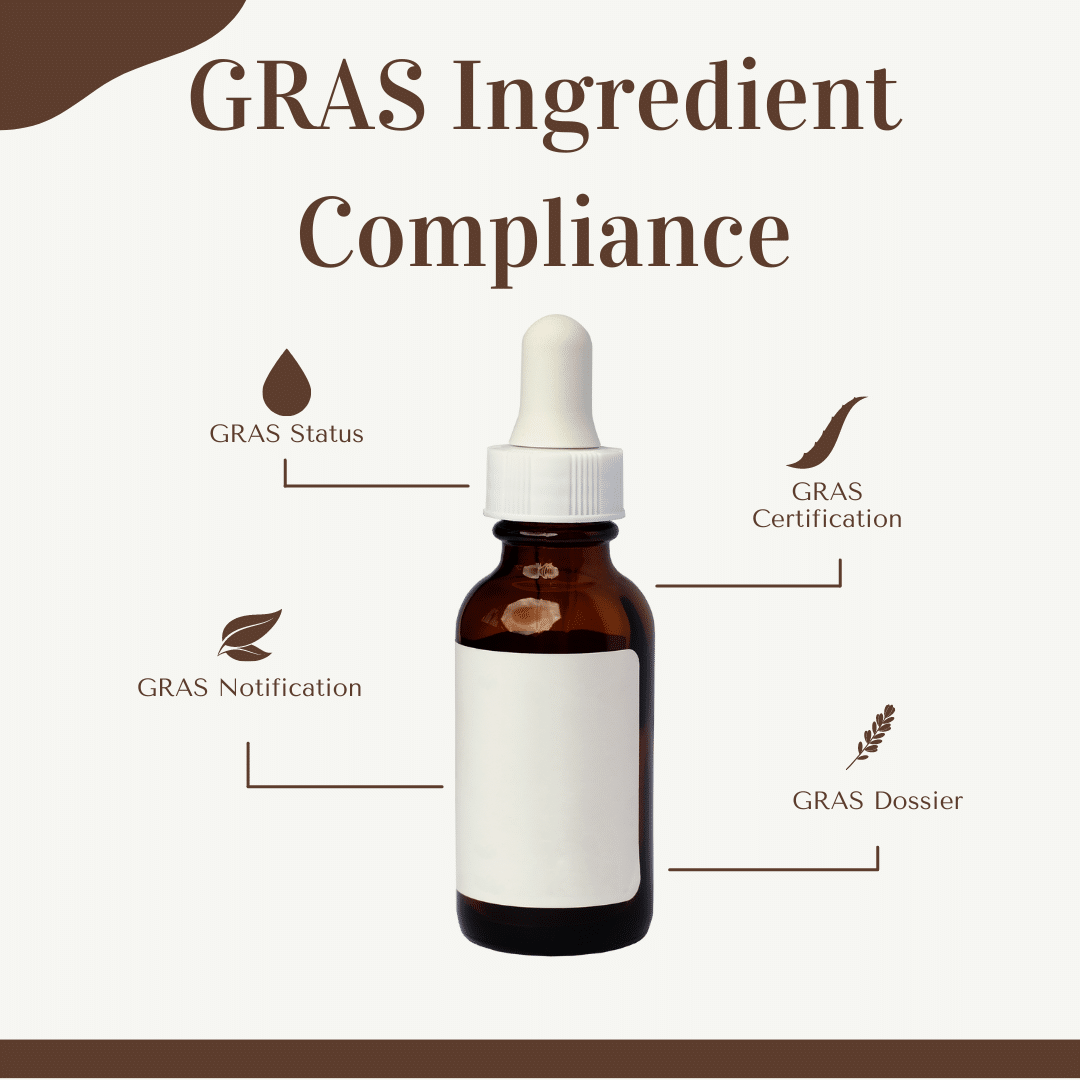
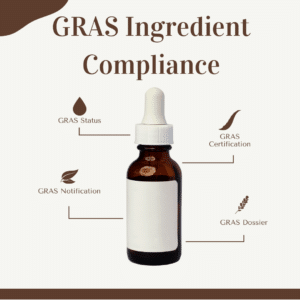
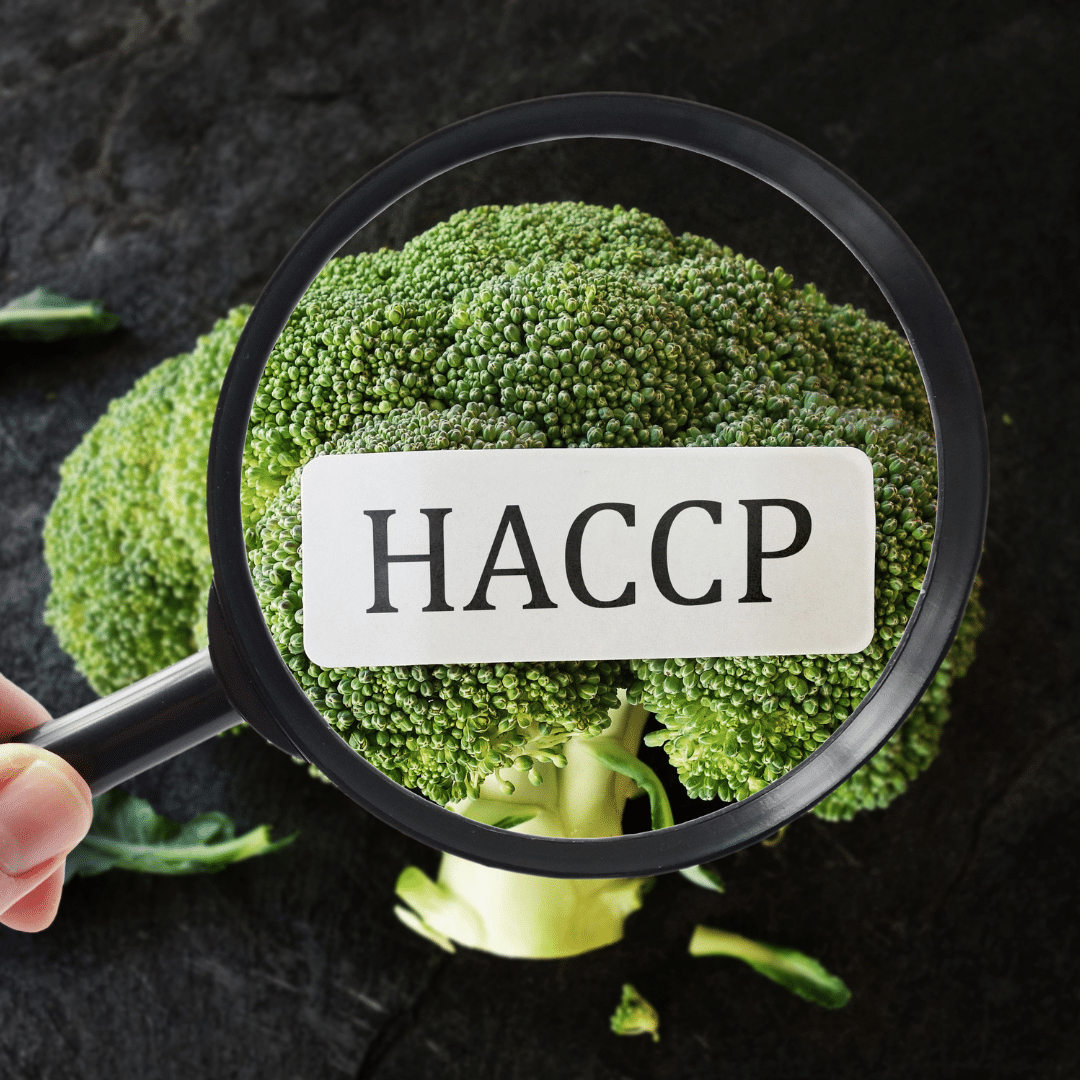
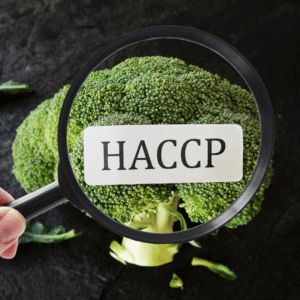 In the food industry, ensuring the safety of the products you produce is of utmost importance. One key aspect of this is understanding critical control points (CCPs) and implementing measures to control them.
In the food industry, ensuring the safety of the products you produce is of utmost importance. One key aspect of this is understanding critical control points (CCPs) and implementing measures to control them.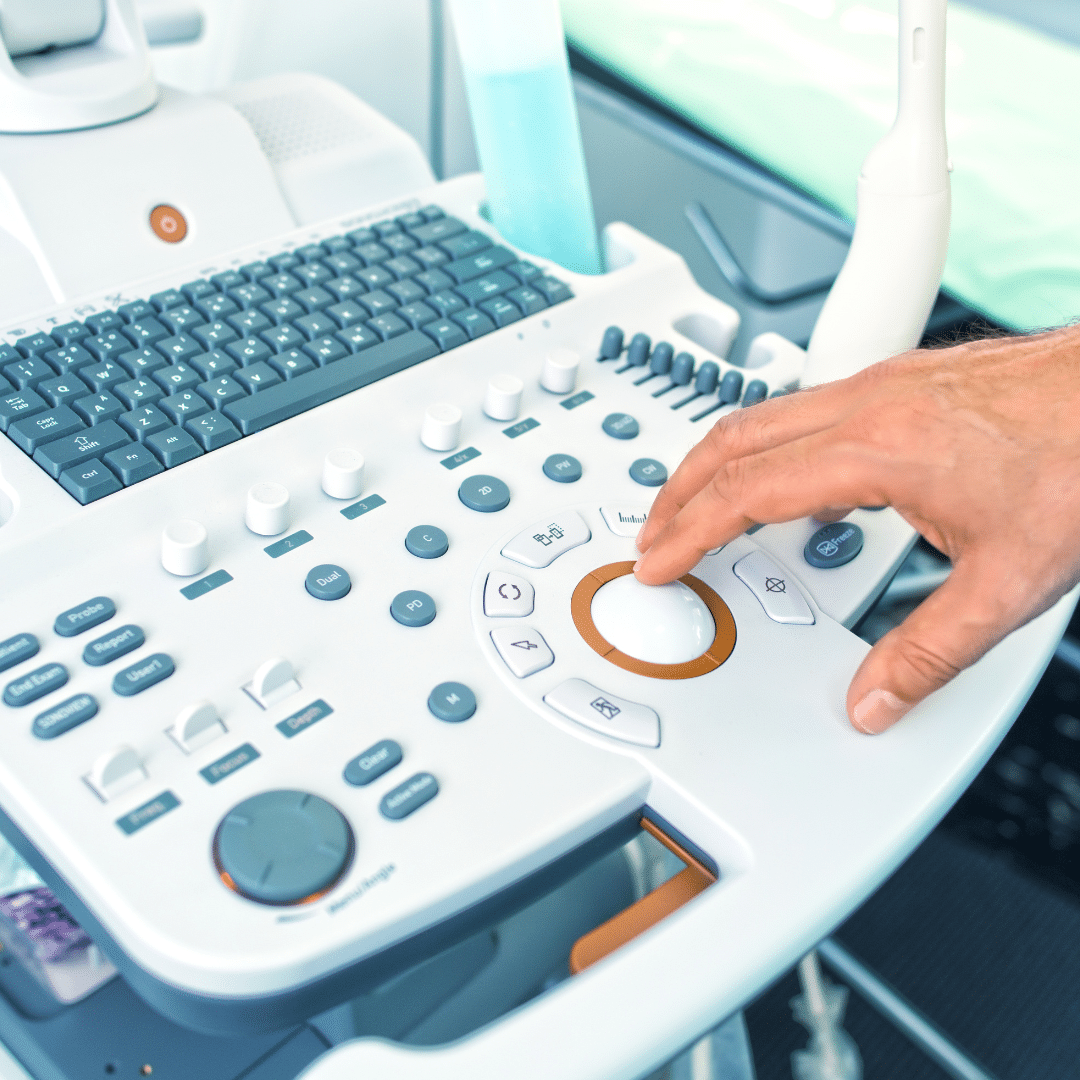
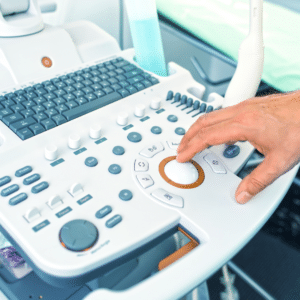



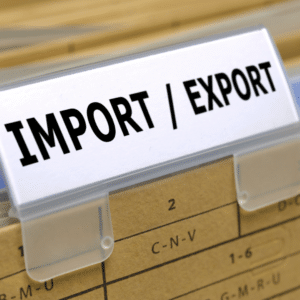







 GRAS certification is an important step for any manufacturer who wants to market a food or food-related product. By following the proper procedures, you can ensure that your product is recognized as safe and accelerate the approval process so it can reach the market faster.
GRAS certification is an important step for any manufacturer who wants to market a food or food-related product. By following the proper procedures, you can ensure that your product is recognized as safe and accelerate the approval process so it can reach the market faster.